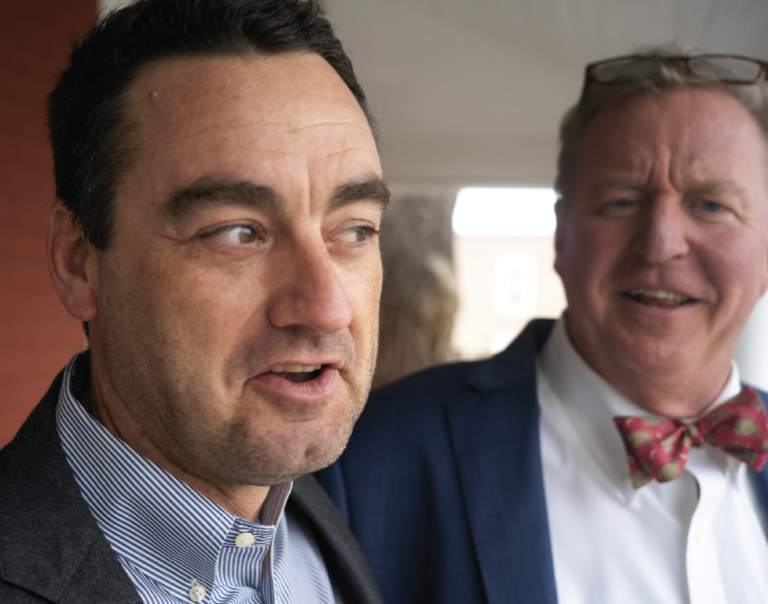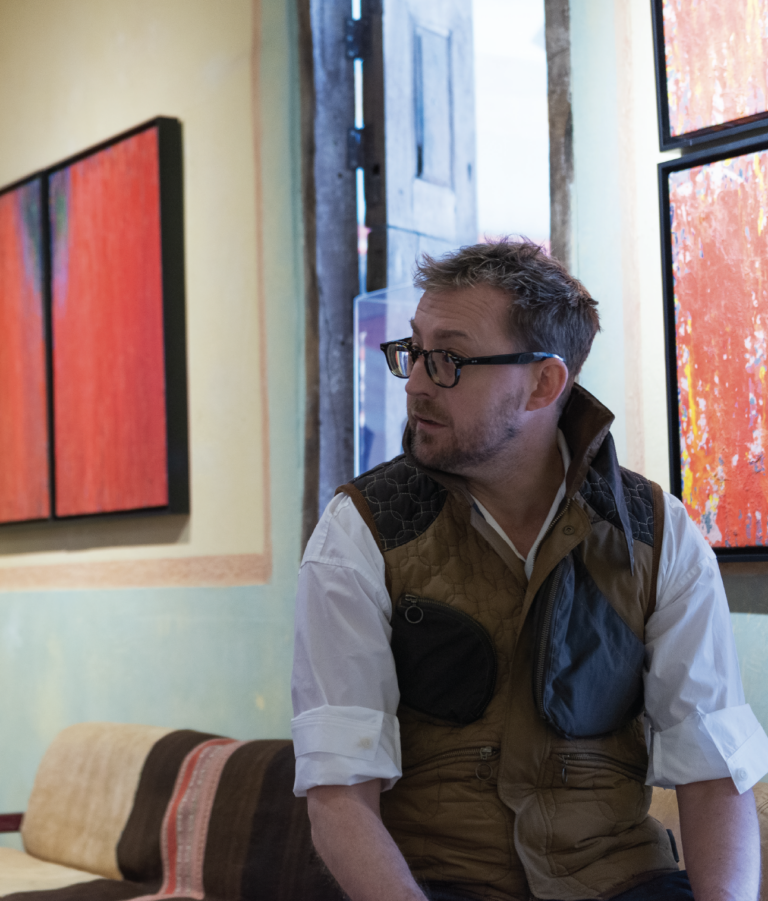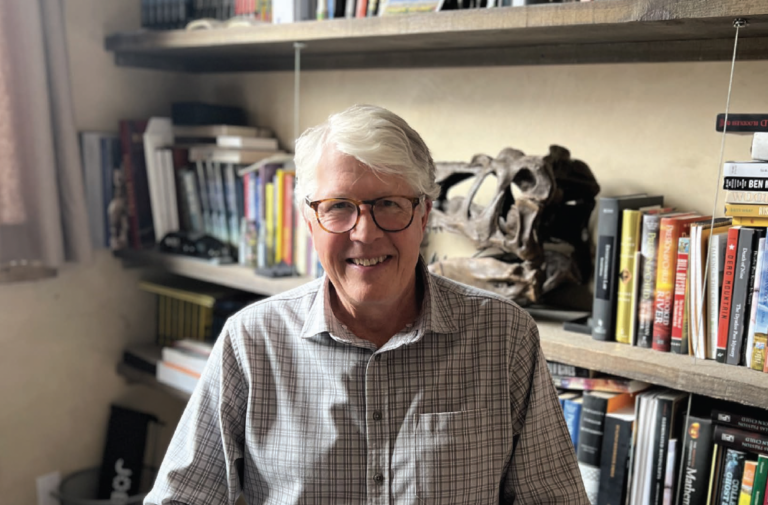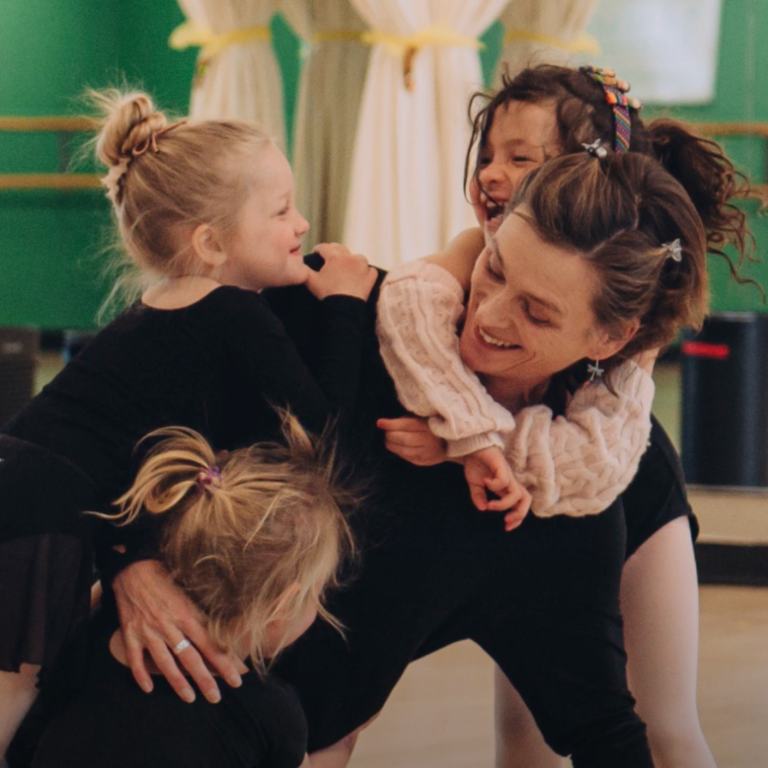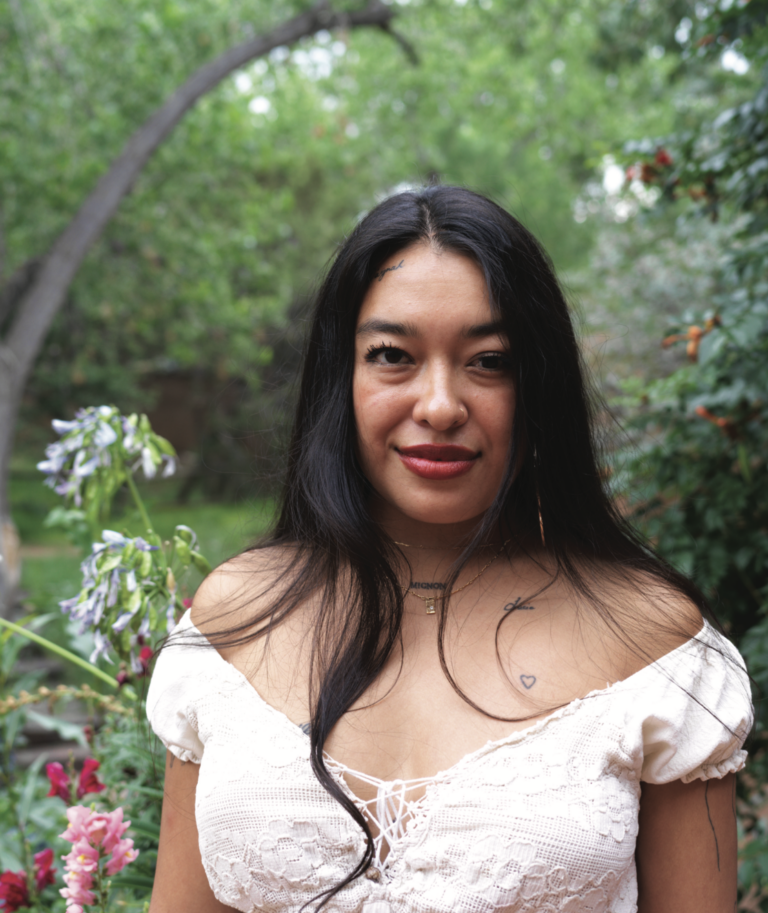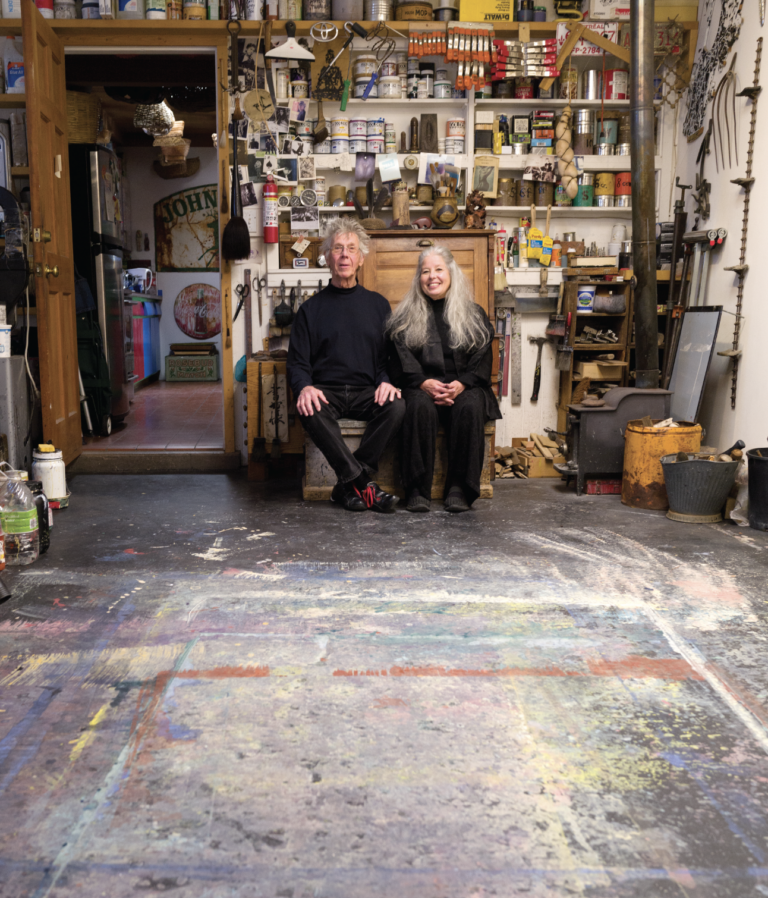SUSAN HENDERSON, AN ARCHITECT and urbanist, was recently tapped by the University of Notre Dame to join a team assembled to help plan thoughtful, effective housing for the growing crises of the millions of Ukrainians displaced by the war with Russia. She specializes in zoning codes, and, among her peers, has been affectionately dubbed the code nerd. Her team has made multiple trips to war-torn Ukraine, sometimes working in bomb shelters, to meet with officials and dignitaries and talk to the people about what they need in their housing and cities. The experience, she says, has been both heartening and heart-rending.
How did you get involved in planning housing and communities for Ukrainian refugees?
It started with the International Network for Traditional Building, Architecture and Urbanism. They met last year in Warsaw, brainstorming about the moment the war in Ukraine is over. You have to be ready for that. These people were talking about the desperate need to be ahead of the curve. At the same time, in Ukraine right now they are working on updating their codes, zoning and building. All of the professionals in Europe knew that they had to offer assistance early or Ukraine would get conventional suburban shit.
The director of this initiative is Marianne Cusato from Notre Dame. We collaborated on the post-Katrina work in Mississippi and Louisiana. She just called me out of the blue and asked me if I would lead the team that’s responsible for the coding work, the zoning work. There are two prongs to the work: One is master planning and the other one is zoning. The reason for all of this is right now there are three million internally displaced people whose cities and homes have been destroyed in the east. It’s no longer safe to be there. And so, how do you house these people in a humane and dignified manner?
Notre Dame has an anthropologist, Rahul Oka, whose specialty is trauma as a result of war and displacement. He keeps us from making horrible mistakes because there’s so much that we’re just blissfully naive about.
Give an example.
Many of the displaced speak Russian. The national identity has changed in different parts of the country for millennia. They’ve been part of the Austro-Hungarian Empire, Poland, Nazi Germany, and back to Poland. They were part of Austria, then they were Russian. And now, for the first time, they’re Ukrainian.
The west side is much more diverse ethnically, and they speak Ukrainian for the most part. On the east side, they are ethnically Russian and speak Russian but consider themselves Ukrainian. They are absolutely Ukrainian. They are dying for Ukraine, they are giving their lives. But then they migrate, they leave their homes and their communities, they get dispersed in the west. And they only speak Russian. The Russian language is very triggering for people that live in the west who are being bombed to hell and back. It’s very complex.
So that affects your planning because you want to give them a community where they can gather and support each other.
Yes, exactly. The goal is to create space, within the residence, within the compound, and within the city where everyone feels safe. Like right now, a lot of the veterans come back with severe PTSD and traumatic injury and as a result, emotionally and mentally they’re not functioning. We met one man that was displaced who couldn’t meet our eyes. He was sitting in his little room and he had a fidget spinner and he was just doing that the whole time. He had a rational, clear conversation, but he had no ability to engage emotionally.
People like that need social spaces where they can slowly reintegrate. So one thing that’s really interesting from a New Mexican perspective, something that’s so much a part of our Pueblo and Spanish Colonial histories, is courtyard housing and compounds. It’s gradations of safe space.
WANT TO READ MORE? SUBSCRIBE TO SANTA FE MAGAZINE HERE!
Photo courtesy Susan Henderson




